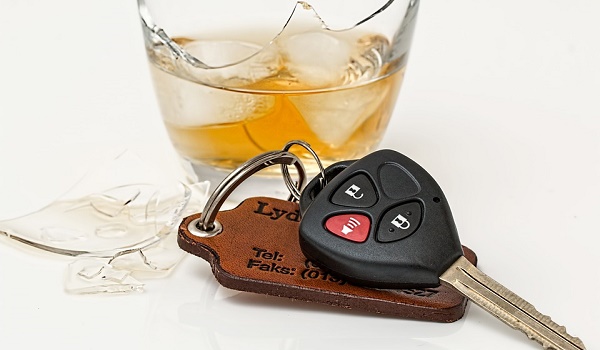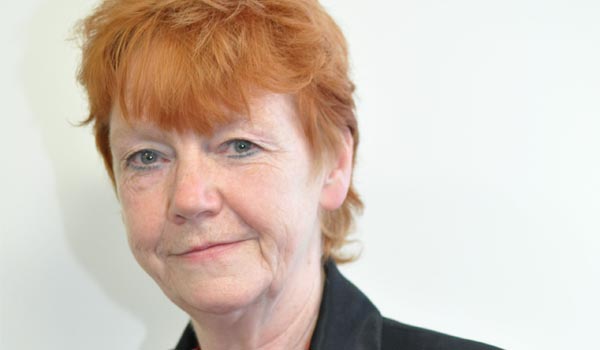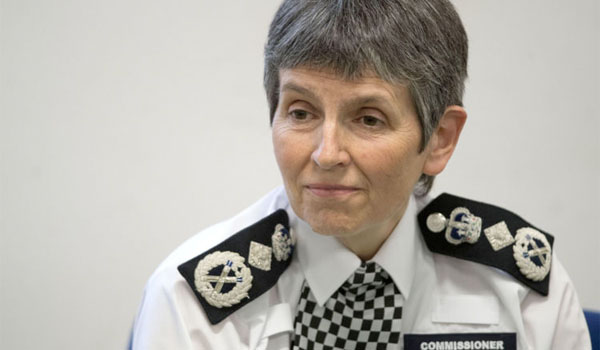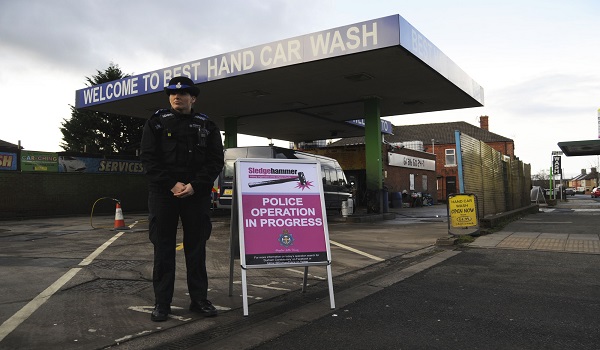Stop and search figures reach seven-year high
Police have carried out the highest number of stop and searches in seven years, with the figure rising by more than 50 per cent in 12 months, official statistics show.
There were 558,973 stop and searches carried out in the year to March under section one of the Police and Criminal Evidence Act 1984 (PACE) in England and Wales, according to Home Office figures published on Tuesday(October 27).
The powers allow police to search people and vehicles for things like drugs or a weapon without a warrant.
This is the highest number of stops and searches since 2013/14 (872,518), but still below the peak of 2010/11 (1,179,746), the report said.
It is also an increase of 193,419 (53 per cent) compared to 2018/19, when 365,554 searches were recorded.
The report added: “The Metropolitan Police Service accounts for half of the increase in the number of stops and searches in latest year.”
Other forces accounting for large proportions of the increase were Merseyside Police (seven per cent), Essex Police (six per cent) and South Yorkshire (five per cent).
Out of 43 forces, all but three “showed an increase in stop and searches, although some forces showed smaller increases compared to others”, the report added, with Derbyshire showing the smallest percentage increase (up three per cent) and Dorset showing the biggest percentage decrease (down 11 per cent).
In England and Wales, there were ten stop and searches per 1,000 population in the year to March, with the Metropolitan Police area having the highest rate of 31 per 1,000 population.
Of the 558,973, 73,423 led to an arrest, up 28 per cent from the previous year (57,546).
The statistics cover all stop and search powers which police have under PACE and the Terrorism Act 2000.
According to the figures, there were a further 18,081 stops and searches carried out under section 60 of the Criminal Justice and Public Order Act (known as an s60) in anticipation of violence – an increase of 35 per cent compared with the previous year (13,414).
In 2016/17, the number of s60s reached a record low (622) following conditions imposed in 2014 when Theresa May was Home Secretary, which saw a rise in arrests and fall in use of the measure.
The latest figures show out of 18,081 s60 stop and searches carried out, some 255 people were found to be carrying offensive weapons.
The searches led to 698 arrests, with 187 of those for offensive weapons.
Last year the Home Office rolled back restrictions on the s60 tactic as part of a bid to crack down on knife crime and violence, which some critics branded “controversial”.
The powers, which can be in force for up to 48 hours, give police the right to search people in a defined area during a specific time period when they believe serious violence will occur.
Officers can look for weapons before they can be used, or those used in a recent attack and do not need “serious grounds for suspicion if serious violence is anticipated”, only a reasonable belief that a disturbance “may” occur.
The majority of stop and searches under both PACE and s60 powers (76 per cent or 437,139 out of 577,054) resulted in no further action being taken, a similar proportion to the previous year (73 per cent).
People from black, Asian and minority ethnic backgrounds were stopped at a rate of 4.1 times higher than those who were white, a similar rate to the previous year (4.3), the report added.
The figures prompted Liberal Democrats leader Ed Davey to reiterate calls for the Government to abolish the “suspicionless” s60 powers by backing the Police Stop and Search (Repeal) Bill.
He branded the powers a “waste of police time” and said it “does not work to stop crime” but added that stop and search could be used “fairly and effectively” if it was intelligence-led.
A Home Office spokesperson said stop and search was a “vital tool” for taking weapons off the streets and preventing deaths, adding that more than “11,000 knives, firearms and other weapons” were removed in 2019/20.
APCC EDHR Lead, Hardyal Dhindsa, and APCC Serious Violence Lead, Mark Burns-Williamson, said: “Stop and Search is an important tool in the fight against Serious Violence. However, if we are to reduce the number of young people carrying weapons, we must take a broader approach rooted in public health principles, which aims to divert young people away from criminal activity. Many PCCs are already pioneering these approaches locally through their Violence Reduction Units (VRUs).
“Although we have much further to go in terms of addressing disproportionality in the use of Stop and Search, we are cautiously optimistic to note that for the first time in a number of years there has been a slight decrease in the disparity faced by black people and other Minority Ethnic groups in the use of this power. We cannot be complacent though, and more needs to be done to reduce disproportionality for black, Asian and minority ethnic (BAME) members of our communities, particularly for those who are black.
“Across England and Wales, Community Scrutiny Panels and other bodies are in place – a number of which are administered or supported by Offices of Police and Crime Commissioners. These provide an opportunity for members of the public to scrutinise the way that police powers are used in their areas; we would encourage anyone who is concerned about disproportionality or any other relevant issues to explore what scrutiny measures exist locally, and if possible consider getting involved.”
Data from Greater Manchester Police is not included because the force is still unable to provide figures due to ongoing technology problems.







